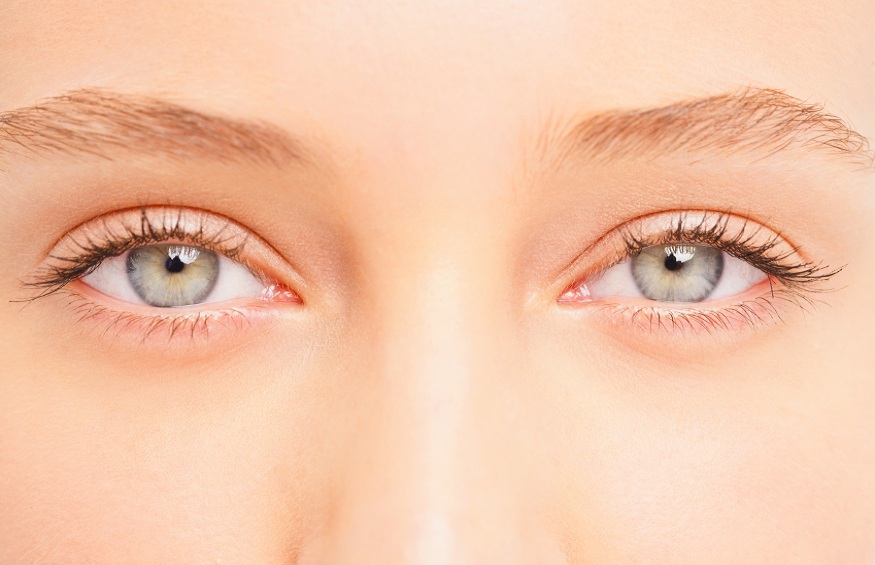The main sources of visual impairment and low vision in the United States are essentially age-related eye infections, for example, age-related macular degeneration, Cataract, diabetic retinopathy, and glaucoma. Other normal eye problems incorporate amblyopia and strabismus.
Eye doctor specialist with years of experience can help your in the treatment of these eye disorders,
Refractive Errors
Refractive mistakes are the most continuous eye issues in the United States. Refractive blunders incorporate nearsightedness (myopia), hyperopia (farsightedness), astigmatism (misshaped vision at all distances), and presbyopia that happens between age 40–50 years (loss of the capacity to center very close, powerlessness to peruse letters of the telephone directory, need to hold paper farther away to see plainly) can be adjusted by eyeglasses, contact focal points, or at times a medical procedure.
Macular Degeneration
Macular degeneration, regularly called age-related macular degeneration (AMD), is an eye problem related to maturing and results in harming sharp and focal vision. Focal vision is required for seeing items plainly and for basic everyday undertakings like perusing and driving. AMD influences the macula, the focal part of the retina that permits the eye to see fine subtleties. There are two types of AMD—wet and dry.
Wet AMD is when a strange vein behind the retina begins to develop under the macula, eventually prompting blood and liquid spillage. Dying, spilling, and scarring from these veins cause harm and lead to quick focal vision misfortune. An early indication of wet AMD is that straight lines seem wavy.
Dry AMD is the point at which the macula diminishes extra time as a component of maturing measure, steadily obscuring focal vision. The dry structure is more normal and records 70–90% of instances of AMD and it advances more gradually than the wet structure. After some time, as less of the macula capacities, focal vision is step by step lost in the influenced eye. Dry AMD by and large influences the two eyes. Quite possibly the most well-known early indication of dry AMD is drusen.
Drusen are little yellow or white stores under the retina. They regularly are found in individuals matured 60 years and more established. The presence of little drusen is ordinary and doesn’t cause vision misfortune. Notwithstanding, the presence of enormous and more varied drusen raises the danger of creating progressed dry AMD or wet AMD.
AMD is the main source of lasting debilitation of perusing and fine or close-up vision among individuals matured 65 years and more seasoned.
Cataract
A cataract is an obfuscation of the eye’s focal point and is the main source of visual impairment around the world and the main source of vision misfortune in the United States. Cataracts can happen at whatever stage in life as a result of an assortment of causes and can be available upon entering the world. Even though treatment for the expulsion of Cataracts is generally accessible, access boundaries like protection inclusion, treatment costs, patient decision, or absence of mindfulness keep numerous individuals from accepting the legitimate treatment.
Diabetic Retinopathy
Diabetic retinopathy (DR) is a typical intricacy of diabetes. It is the main source of visual impairment in American grown-ups. It is described by reformist harm to the veins of the retina, the light-delicate tissue at the rear of the eye that is important for acceptable vision. DR advances through four phases, gentle nonproliferative retinopathy (microaneurysms), moderate nonproliferative retinopathy (blockage in some retinal vessels), serious nonproliferative retinopathy (more vessels are hindered prompting denied retina from blood supply prompting developing fresh blood vessels), and proliferative retinopathy (most exceptional stage). Diabetic retinopathy ordinarily influences the two eyes.
Glaucoma is a gathering of illnesses that can harm the eye’s optic nerve and result in vision misfortune and visual impairment. Glaucoma happens when the typical liquid pressing factor inside the eyes gradually rises. In any case, ongoing discoveries presently show that glaucoma can happen with ordinary eye pressure. With early treatment, you can frequently secure your eyes against genuine vision misfortune.
There are two significant classes “open point” and “shut point” glaucoma. The open point is a persistent condition that progresses gradually throughout the significant period without the individual seeing vision misfortune until the infection is exceptionally best in class, that is the reason it is classified as a “sneak cheat of sight.” Angle conclusion can show up unexpectedly and is excruciating. Visual misfortune can advance rapidly; nonetheless, the torment and uneasiness lead patients to look for clinical consideration before lasting harm happens.

